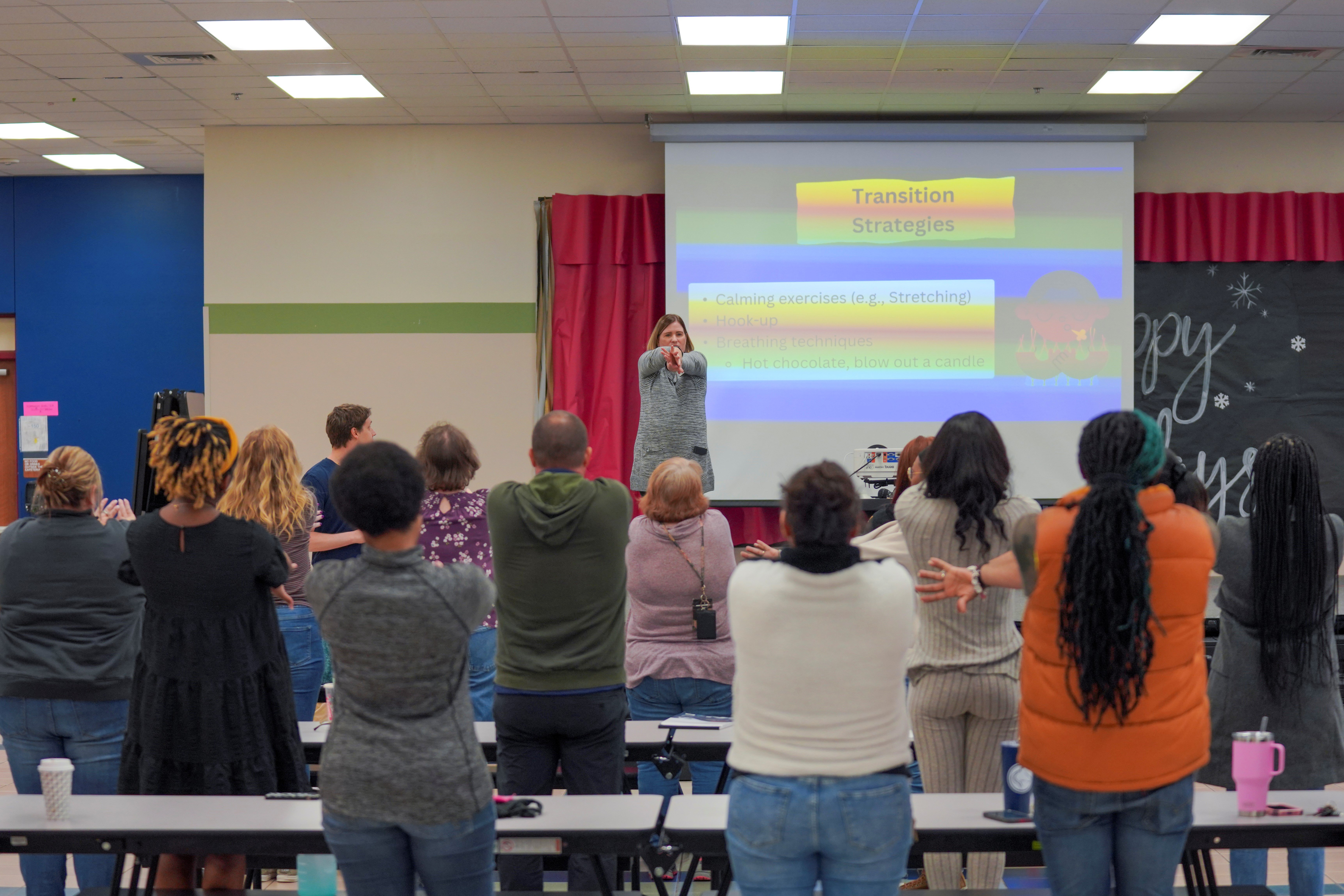CHPPR Researchers Expand School-Based Physical Activity Program to Reduce Cardiovascular Disease Risk in Children

A new study by CHPPR researchers aims to help schools better integrate physical activity throughout the school day to reduce cardiovascular disease risk factors that can often start early in life. MAGIC (Movement for Academic Growth In Classrooms) is an implementation strategy that helps teachers and school leaders implement practices proven to increase student physical activity and improve health and academic outcomes.
“This study will improve our understanding of how to support teachers and schools in integrating physical activity to promote children’s health and learning,” said Timothy J. Walker, PhD, principal investigator on the study. “Our findings will inform broader efforts to expand and sustain physical activity initiatives across schools.”
Most children in the U.S. do not meet daily physical activity guideline recommendations. Over the long term, insufficient physical activity levels can contribute to poor health and rising healthcare costs. Schools play a significant role in supporting youth physical activity, but a greater focus on testing in schools has led to less time devoted to physical education and recess, and more time sitting down. Two school-based practices in particular, physically active breaks and physically active lessons, have been proven to increase student physical activity, health, and academics, but these solutions have not achieved widespread use.
To address this gap, researchers at CHPPR co-developed MAGIC with district partners to help school leaders and teachers implement physically active breaks and lessons in strategic ways to enhance student learning, behavior, and health. Preliminary testing of MAGIC showed positive results and garnered interest from additional schools and school districts, so the research team developed plans to enhance and expand the implementation support.
This new study has two primary goals. The first is to enhance MAGIC by providing support for the use of motor labs, which are designated spaces in classrooms that have ready-to-use equipment for physically active lessons. The second goal is to evaluate the impact of the enhanced version of MAGIC on teachers’ use of classroom-based physical activity approaches and the impact they have on students’ physical activity, health-related fitness, and academic performance.
MAGIC has the potential to help schools recognize the importance of physical activity to support students’ academic success, behavior, health, and overall well-being. If the study is successful, further scale-up could allow MAGIC to help teachers and schools across the country ensure that every child is able to achieve healthy levels of physical activity.
This study, “Evaluating an implementation strategy to improve physical activity and reduce cardiovascular disease risk factors in elementary school children,” is funded by an Implementation Science Award from the American Heart Association (AHA).
